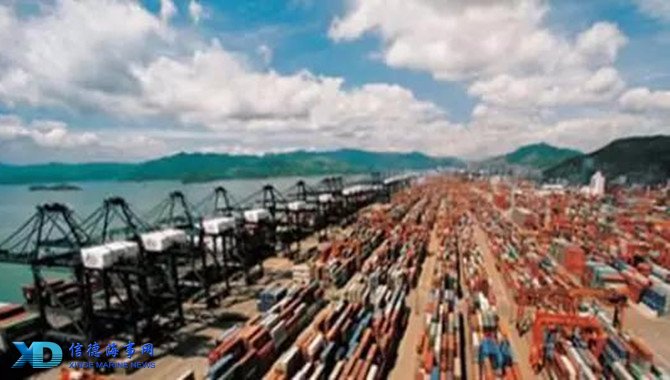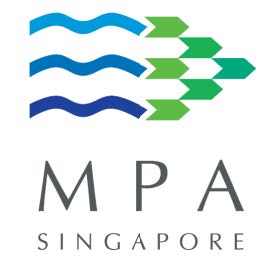
SeaIntel Maritime Analysis in its latest Sunday Spotlight warns of an impending shortage of feeder vessels adding that the dearth could be in the region of between 400 and 1,200 feeder vessels by the end of 2020.
It says that the phase-in of the new large vessels in 2018-2020 is not matched by a commensurate injection of feeder tonnage - suggesting either an ordering spree of such vessels or a feeder shortage.
The larger vessels tend to result in a reduction of service frequency in the major trades to balance supply and demand. This leads to a situation where the networks with lower service frequency will continue to depend on feedering services - potentially even an increased transshipment incidence owing to the lower service frequency.
The analysis states that based on the existing fleet and orderbook, it is possible to calculate the ratio of feeder vessels to large vessels in excess of 11,000 TEU. Furthermore, approximately 9 per cent of the feeder vessels will be in excess of 25 years of age in 2020, and we can therefore also calculate the ratio in 2020 under the assumption that these older vessels will indeed be scrapped. At present, the global fleet has 7.9 feeder vessels for each large vessel in operation.
With the current orderbook, and anticipated scrapping, this will decline to a ratio of just 5.4 by the end of 2020. The midsized vessels, between 5,000-10,999 TEU, also use some of the feeders today, and the phase-in of the new, larger vessels will simply be a replacement of some of these."We can therefore get a lower estimate by looking at the ratio of feeder vessels to not only large vessels but to the combination of large and mid-sized vessels. In this case we find a less sharp drop off, although in 2020 we begin to see a decline even without the inclusion of scrapping. Once we include the effect of scrapping, we see a stronger decline," the analysis explained.
In conclusion, it appears that whereas the market over time will indeed be able to absorb the new generation of large tonnage, the current orderbook appears far too small as it pertains to feeder tonnage. At the outer extremes of the estimates, the global fleet will see a shortage of 400-1,200 feeder vessels by the end of 2020.
"Realistically, a 'shortage' of 1,200 vessels is not likely - such a massive shortage will increase time charter (TC) rates to such elevated levels that scrapping will cease and cause the usage of vessels much too large for the job," according to the analysis.
Commenting on the data, SeaIntel CEO, Alan Murphy said: "It is clear that in the absence of any additional feeder vessel ordering, we will very likely see an increase in the premium for feeder tonnage - and this in turn will place further pressure on the pricing strategies for the carriers, where we will see the pricing spread between direct port-port pairs and transshipment products widen."
Sources:Schedule
Please Contact Us at:
admin@xindemarine.com



 Baltic Exchange launches new Fuel Equivalence Conve
Baltic Exchange launches new Fuel Equivalence Conve  21 Consecutive Years of QUALSHIP 21 Recognition for
21 Consecutive Years of QUALSHIP 21 Recognition for  MPA and Wärtsilä Renew Partnership to Drive Marit
MPA and Wärtsilä Renew Partnership to Drive Marit  MPA and Dalian Maritime University Renew Partnershi
MPA and Dalian Maritime University Renew Partnershi  PSA INTERNATIONAL, DNV AND PACIFIC INTERNATIONAL LI
PSA INTERNATIONAL, DNV AND PACIFIC INTERNATIONAL LI  INTERCARGO Reaffirms Call for Simplicity as IMO Cli
INTERCARGO Reaffirms Call for Simplicity as IMO Cli